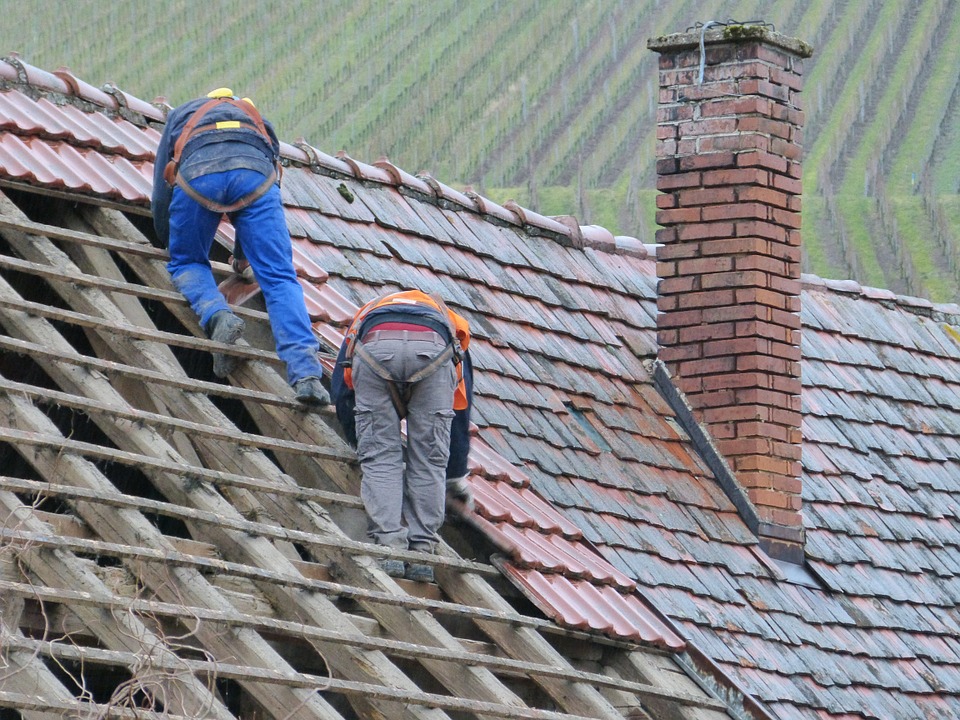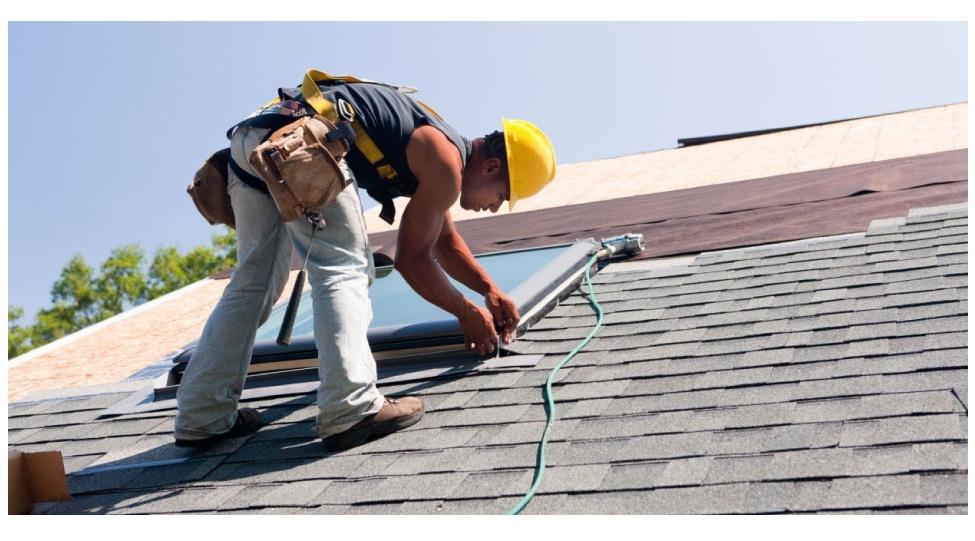How to Evaluate Different Roof Alternatives for Your Structure Demands
Reviewing roof options for your building requires a thorough technique that considers various factors such as the planned use of the framework, regional environment conditions, and product characteristics - Sylvania Roofing Contractor. It is necessary to evaluate the advantages and downsides of various roofing kinds, from asphalt shingles to steel and clay ceramic tiles, while additionally factoring in first costs and long-lasting upkeep.
Evaluating Your Building's Needs
To successfully evaluate roof covering choices, start by thoroughly examining your building's needs. Begin by taking into consideration the building's intended usage, as different frameworks might necessitate differing roof covering specs. Domestic roofs usually prioritize aesthetic appeals and insulation, while business buildings may focus on longevity and load-bearing capability.
Following, review the neighborhood environment conditions that will affect roofing efficiency. Aspects such as temperature level fluctuations, rainfall levels, and wind patterns can influence material option and design. A roof that excels in a warm climate might not do as well in areas vulnerable to heavy snowfall or severe warmth.
In addition, examine the structural honesty of your structure. Make certain that the existing framework can sustain the chosen roof products, especially if taking into consideration heavier alternatives. It is likewise crucial to evaluate any neighborhood building codes or laws that might dictate specific demands for roof.

Comparing Roof Covering Products
When a detailed analysis of your building's requirements has been completed, the next action entails comparing different roofing materials. Each material offers distinctive advantages and downsides, making it important to align your choice with your specific demands and circumstances.
Asphalt roof shingles are extensively acknowledged for their cost and ease of installment, making them a prominent alternative for residential structures. On the various other hand, metal roof covering, understood for its longevity and longevity, can hold up against rough weather however might include a higher first financial investment.
Clay and concrete floor tiles supply outstanding thermal insulation and aesthetic allure, specifically for Mediterranean-style design, yet they call for an even more robust architectural support as a result of their weight. Wood shakes deal a natural appearance and excellent insulation homes yet may require much more maintenance and are prone to fire hazards.
Reviewing Cost and Budget
Analyzing your roof alternatives necessitates a careful examination of price and spending plan factors to consider. The general spending plan for a roofing task makes up numerous elements, consisting of product expenses, labor expenditures, maintenance, and prospective long-term cost savings. It is important to establish a clear budget prior to exploring particular roof products, as this will certainly direct the decision-making process and help you stay clear of overspending.
Begin by obtaining quotes from multiple specialists to recognize labor costs in your area. Make certain that these quotes consist of all necessary services, such as removal of the old roofing system, installment, and any additional features, like insulation or ventilation enhancements - Toledo Roofer. Next off, examine the expense of numerous roof covering products, taking into consideration both first setup expenses and expected life expectancy

Understanding Power Efficiency
Energy effectiveness plays a critical duty in the option of roofing materials and systems, considerably affecting both energy usage and general convenience within a building. A well-chosen roofing can boost thermal efficiency, minimizing the demand for home heating and cooling systems, which consequently decreases power bills and reduces ecological effect.
When examining roof options, take into consideration products that reflect instead of take in warm. Light or reflective roof covering products can significantly reduce roofing system surface temperature levels, bring about reduced power use during hot months. In addition, appropriate insulation and air flow are necessary to maximize the energy effectiveness of the whole roof covering system. Insulation avoids heat transfer, while ventilation minimizes warm accumulation in the attic room area.
One more important element is the roof's longevity and upkeep requirements. Durable materials that call for much less Roofer regular replacement add to lasting energy savings. The energy effectiveness of a roofing system can also be assessed via its conformity with established sustainability rankings such as ENERGY CELEBRITY or LEED.
Taking Into Consideration Aesthetic Allure
A roofing system's aesthetic appeal considerably affects the overall their website look of a structure, enhancing its architectural style and improving aesthetic charm. Roofing Contractor. When examining roof covering choices, it is vital to think about how the picked material, shade, and style will balance with the existing structure and neighborhood. A well-designed roof covering can raise also the most basic of structures, changing them into visual centerpieces
Different roof products supply various aesthetic high qualities. For instance, traditional shingles might evoke a classic beauty, while metal roof covering can give a modern, smooth appearance. Furthermore, the shade of the roof product plays a critical function; lighter shades can make a structure appear more large, while darker tones might produce a cozier setting.
Moreover, building components, such as dormers and eaves, can boost the roof covering's aesthetic impact. It is recommended to talk to specialist developers or designers to make certain the chosen roof alternative lines up with the total design intent. Eventually, a roofing ought to not only provide useful advantages but likewise add favorably to the building's aesthetic, showing the proprietor's taste and the personality of the surrounding setting.
Conclusion

 Patrick Renna Then & Now!
Patrick Renna Then & Now! Jeremy Miller Then & Now!
Jeremy Miller Then & Now! Andrew McCarthy Then & Now!
Andrew McCarthy Then & Now! Nicholle Tom Then & Now!
Nicholle Tom Then & Now! Ricky Schroder Then & Now!
Ricky Schroder Then & Now!